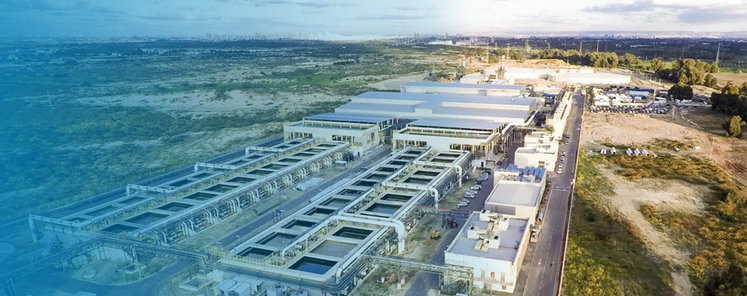Think of all the water that goes down the drain in your home from cooking, cleaning, bathing, and flushing the toilet. That’s wastewater. Wastewater also includes stormwater runoff, which is rain or melting snow that runs off rooftops, driveways, and other surfaces. Thus, wastewater treatment is the process of removing contaminants from water that is no longer needed or suitable for its original purpose. Why? Because wastewater contains harmful odors, bacteria, viruses, parasites, and other pollutants that can cause serious illness or death if ingested or if they come into contact with skin. Plus, water resources are a limited and essential natural resource.
There are many different types of wastewater treatment options available, and the best method will depend on different factors. Here are some top wastewater treatment options.
Physical Water Treatment Methods
Physical water treatment methods are those that use physical means to remove contaminants from water and two primary methods in this category are filtration and sedimentation.
Filtration is a process that uses a filter to remove particles from water. So a common type of filter used is a sand filter which works by allowing water to flow through a bed of sand to trap particles.
Sedimentation is a process that uses gravity to separate heavier particles from water and a common method used is with a settling basin. Settling basins work by allowing water to flow into the basin, where the heavier particles settle to the bottom and the lighter particles float to the top.
Chemical Water Treatment Methods
Chemical water treatment methods use chemicals to remove contaminants from water and some prime examples include coagulation and disinfection.
Coagulation is a process that uses chemicals to clump together small particles in water, making them larger and easier to remove. The most common type of coagulant used in wastewater treatment is aluminum sulfate.
Disinfection is a process that uses chemicals to kill harmful bacteria, viruses, and parasites in water. The most common type of disinfectant used in wastewater treatment is chlorine.
Biological Water Treatment Methods
Biological water treatment methods are those that use living organisms to remove contaminants from water. Activated sludge is a top example of this method.
Activated sludge is a process that uses microorganisms to break down and remove contaminants from water. A very common type of activated sludge system used in wastewater treatment is an aerobic treatment unit. Aerobic treatment units work by allowing water to flow into the unit, where it is mixed with bacteria that remove contaminants from the water.
There are a variety of water treatment options available, each with its benefits and drawbacks. The best option for any purpose will depend on factors such as the type and amount of wastewater to be treated, the space and resources available, and the regulatory requirements in place.
HedgeThink.com is the fund industry’s leading news, research and analysis source for individual and institutional accredited investors and professionals









